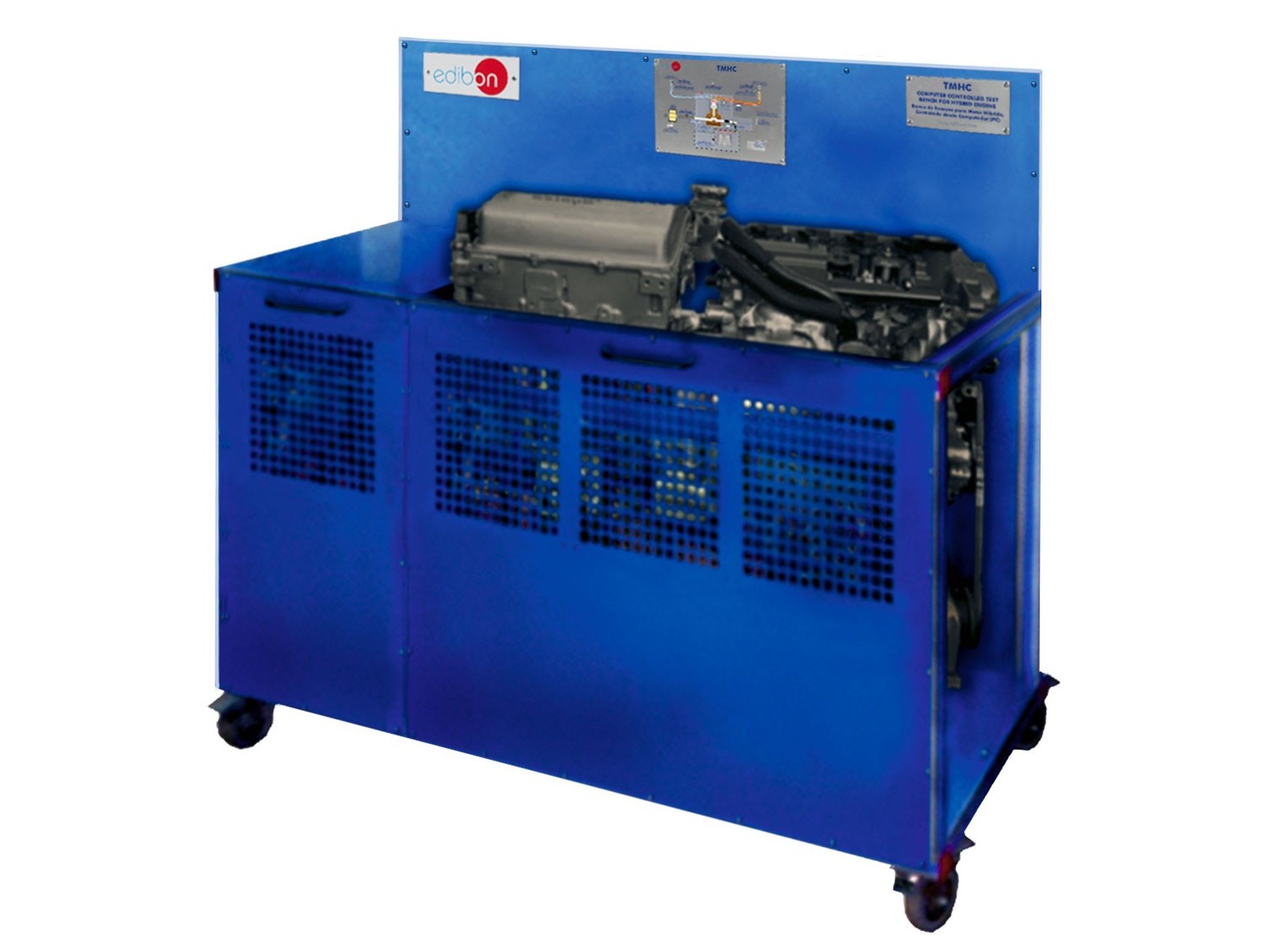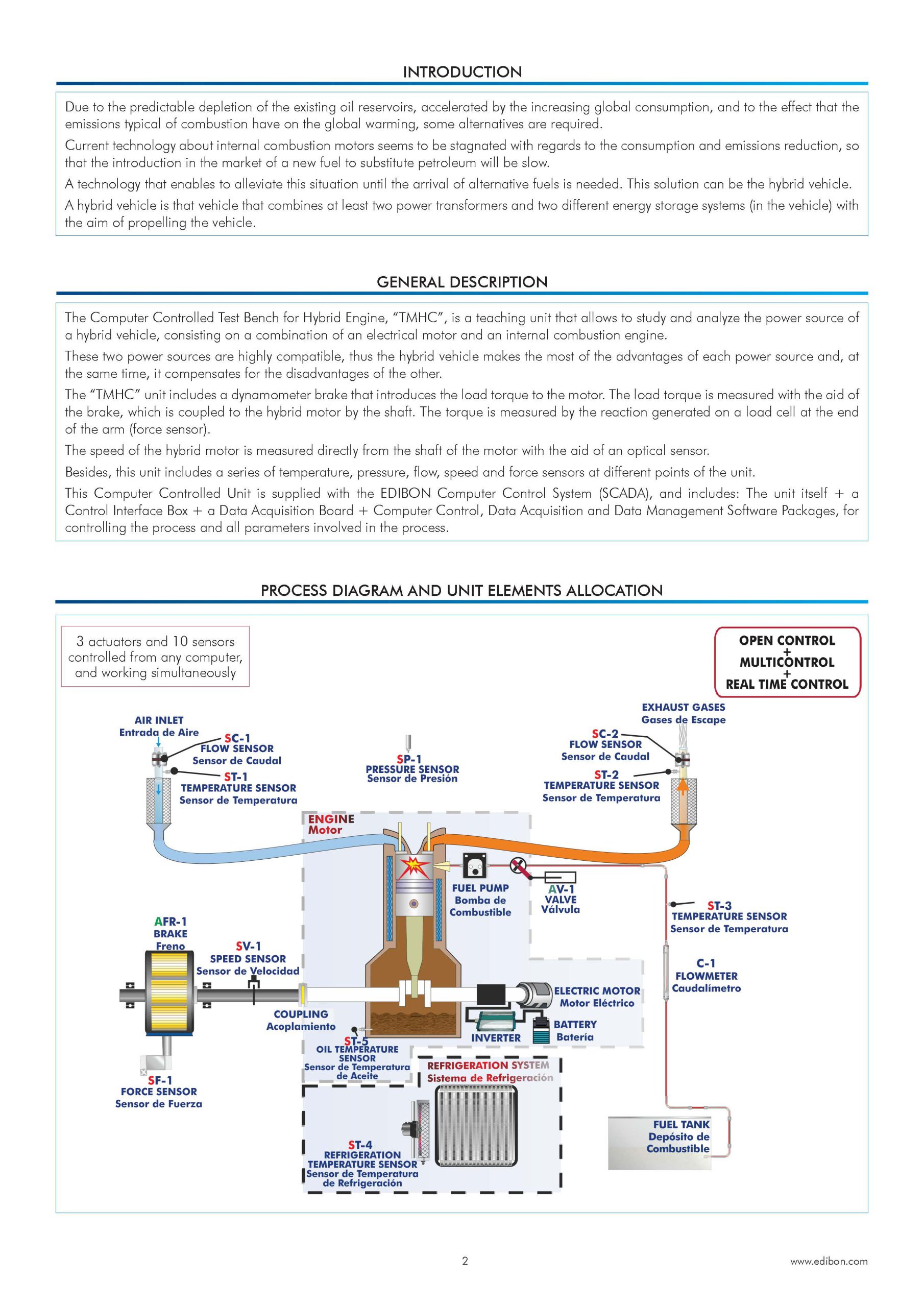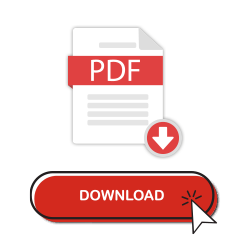
Computer Controlled Test Bench for Hybrid Engine
INTRODUCTION
Due to the predictable depletion of the existing oil reservoirs, accelerated by the increasing global consumption, and to the effect that the emissions typical of combustion have on the global warming, some alternatives are required.
Current technology about internal combustion motors seems to be stagnated with regards to the consumption and emissions reduction, so that the introduction in the market of a new fuel to substitute petroleum will be slow.
A technology that enables to alleviate this situation until the arrival of alternative fuels is needed. This solution can be the hybrid vehicle.
A hybrid vehicle is that vehicle that combines at least two power transformers and two different energy storage systems (in the vehicle) with the aim of propelling the vehicle.
EXERCISES AND PRACTICAL POSSIBILITIES TO BE DONE WITH THE MAIN ITEMS
- Familiarisation with hybrid motors (combustion engine+electric motor).
- Determination of specific fuel consumption (combustion engine).
- Torque curves (combustion engine+electric motor).
- Power curves (combustion engine+electric motor).
- Determination of volumetric efficiency.
- Measurement of the most important parameters involved in the process: temperature, torque, speed, pressure, etc.
- Determination of engine friction loss.
- Determination of fuel-air ratio.
- Determination of the frictional power (in passive mode).
- Measurement of power delivered by the battery.
- Measurement of power produced by the electric generator.
- Curves of electric consumption.
Additional practical possibilities: - Sensors calibration.
Other possibilities to be done with this Unit: - Many students view results simultaneously.
To view all results in real time in the classroom by means of a projector or an electronic whiteboard. - Open Control, Multicontrol and Real Time Control.
This unit allows intrinsically and/or extrinsically to change the span, gains; proportional, integral, derivative parameters; etc, in real time. - The Computer Control System with SCADA allows a real industrial simulation.
- This unit is totally safe as uses mechanical, electrical/electronic, and software safety devices.
- This unit can be used for doing applied research.
- This unit can be used for giving training courses to Industries even to other Technical Education Institutions.
- Control of the TMHC unit process through the control interface box without the computer.
- Visualization of all the sensors values used in the TMHC unit process.
– Several other exercises can be done and designed by the user.



